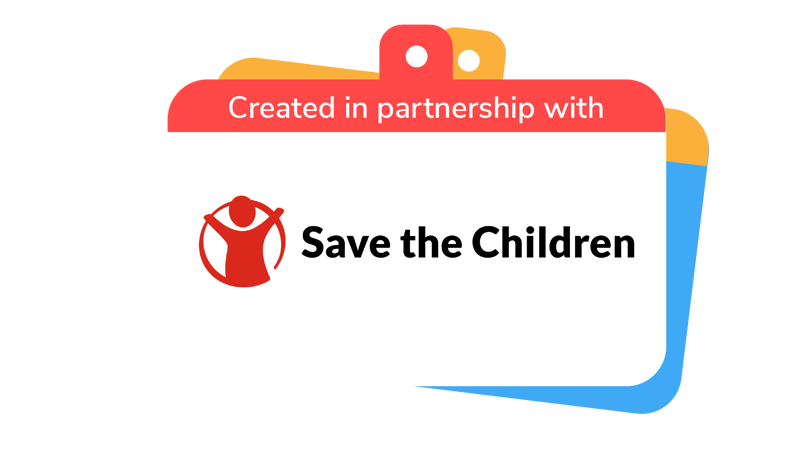
Displaced cook off
You’ll need
- Spoons
- Wooden spoons
- Displaced cook off ingredients
- Suitable cooking apparatus (stove or BBQ)
- Bowls
- Frying pan
- Cooking pot
- Tongs
- Spatula
- Tea towels
- Tin opener
Before you begin
- Make sure that you have all the food supplies listed on the ‘Displaced cook off recipes and ingredient list’ sheet and suitable cooking facilities. Chop additional ingredients like garlic, onions, red peppers and any fresh herbs so that they are ready to add.
Set the scene
- Ask everyone to write down what they had for their last three meals.
- Everyone should talk about what they ate and see if anyone had the same or anything that was different to everyone else.
- The group should list some of the ingredients in the most popular meals.
- Ask everyone if they’d be happy eating the same dinner every day for a week, a month or a year. How do they think it would it feel to have to eat the same thing every day? How do they think it would affect their health?
- Use the ‘Let’s eat!’ factsheet to discuss what people eat and where they get food when they’ve had to leave their home. What do they think it’d be like to not have the choice you get in a shop and to have to eat only what is available?
Run the activity
- Bring out the box of basic food supplies. Explain to everyone that these are some examples of supplies people might have whilst living in a temporary camp or on the move.
- Bring out the box of additional ingredients. Explain that these are ingredients that might make their food tastier, but would be harder to get when living in a temporary camp because they might be expensive or unavailable.
- Split the group into smaller teams of 4-6 people. Ask everyone to plan and cook a dish using only the basic ingredients and a limited number of the additional ingredients (between 3-5 additional items depending on the level of challenge).
- The groups should cook their meals on the stove or campfire.
- Serve and eat!

This activity helps contribute towards some of the UN's Sustainable Development Goals. Find out more about the SDGs, and how Scouts across the world are getting involved.
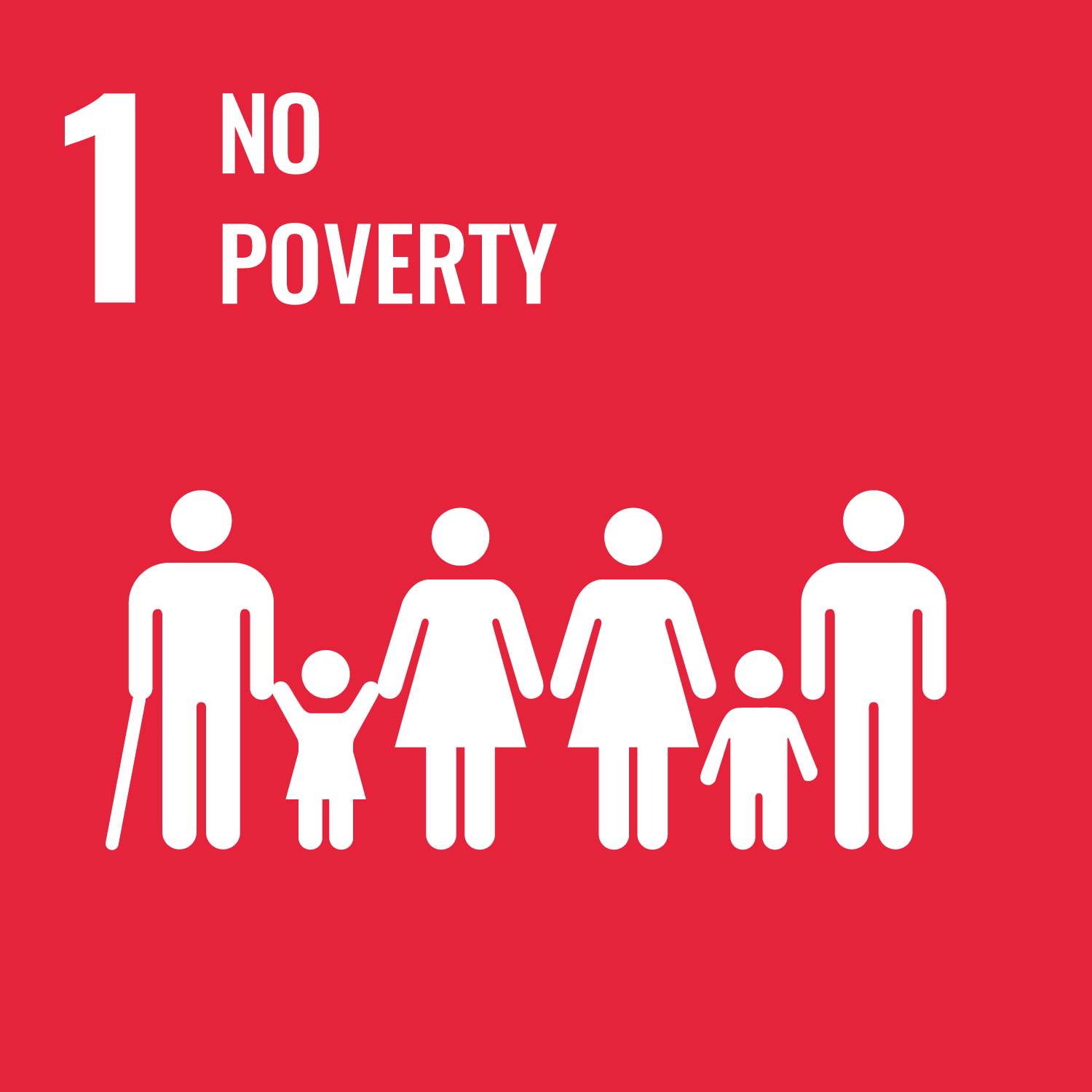
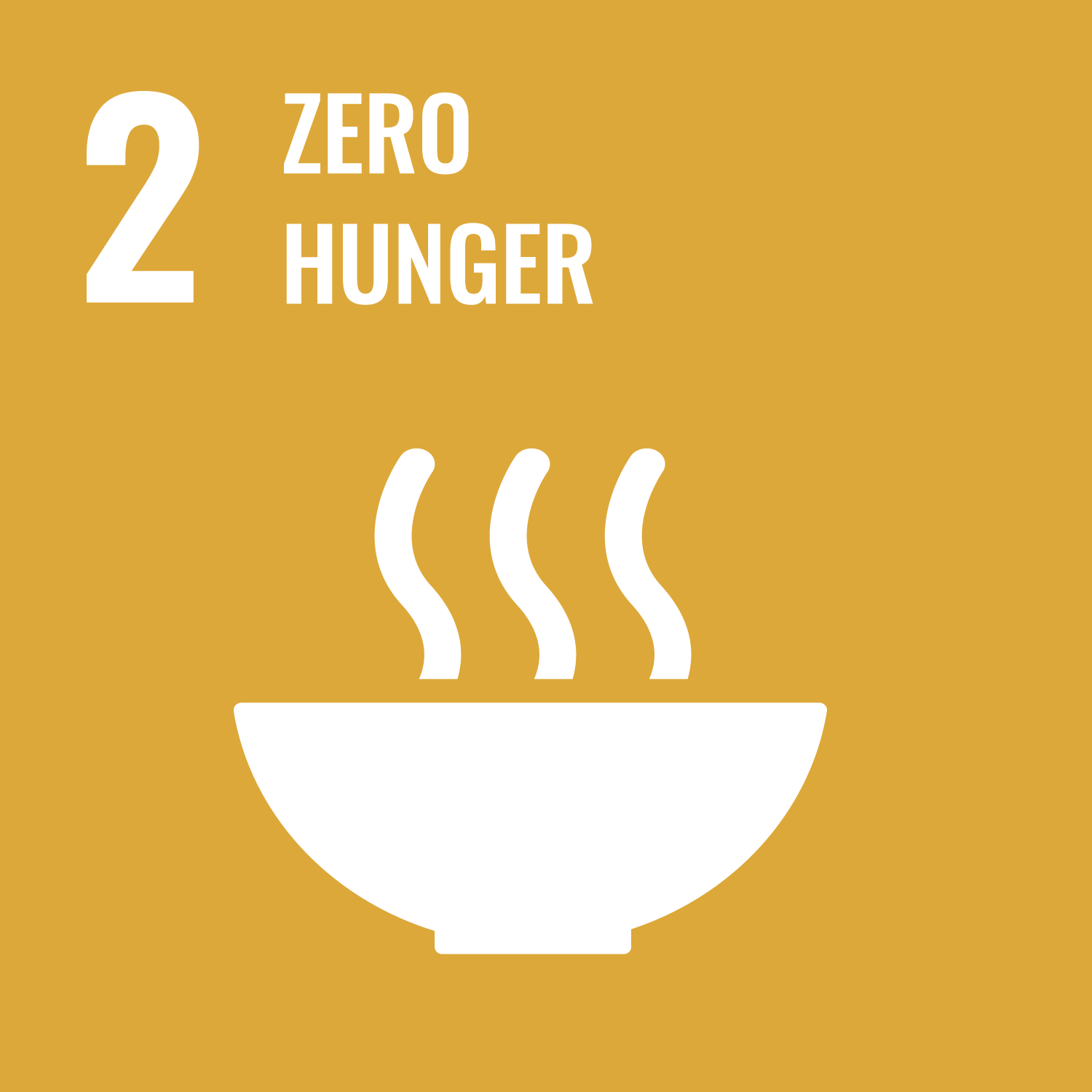
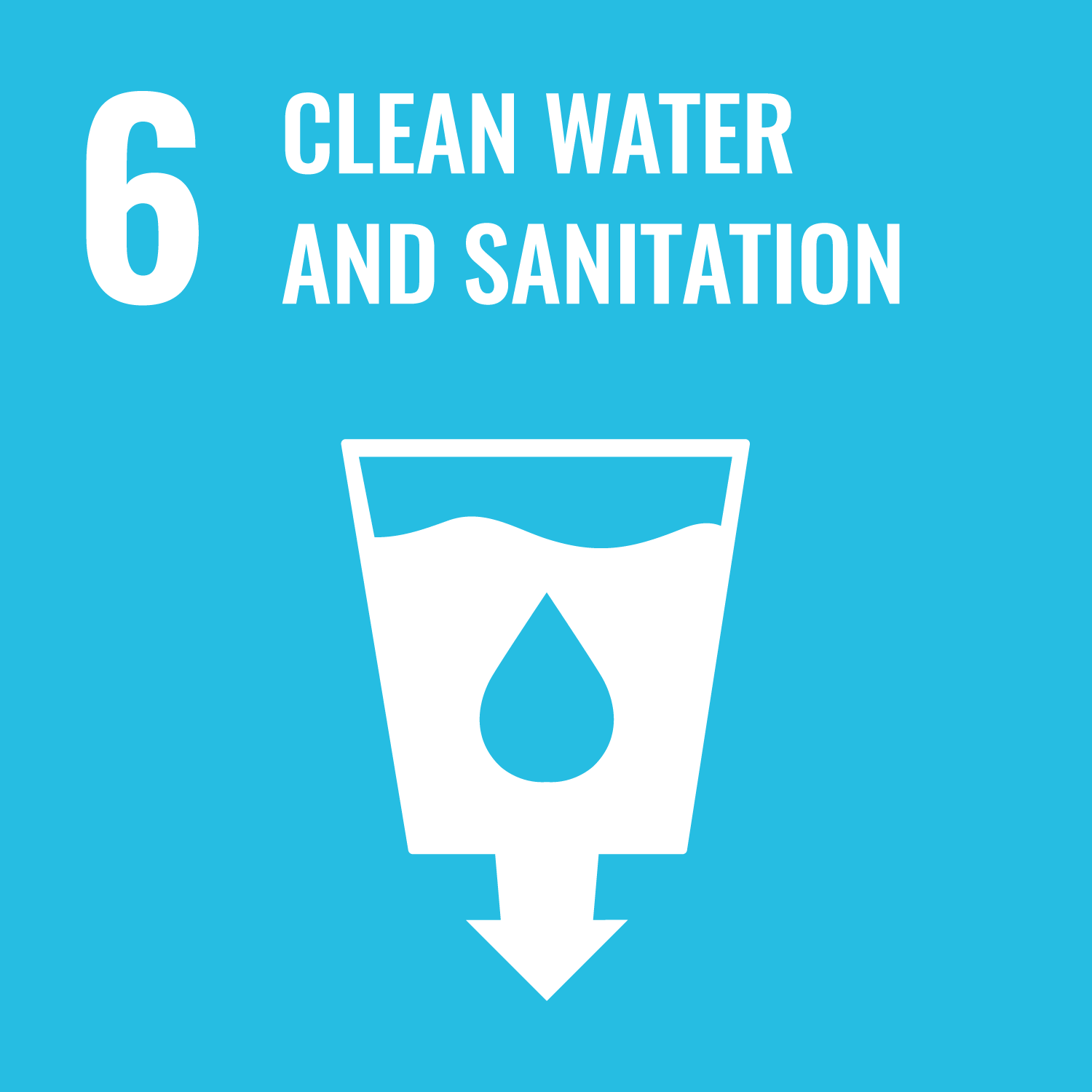


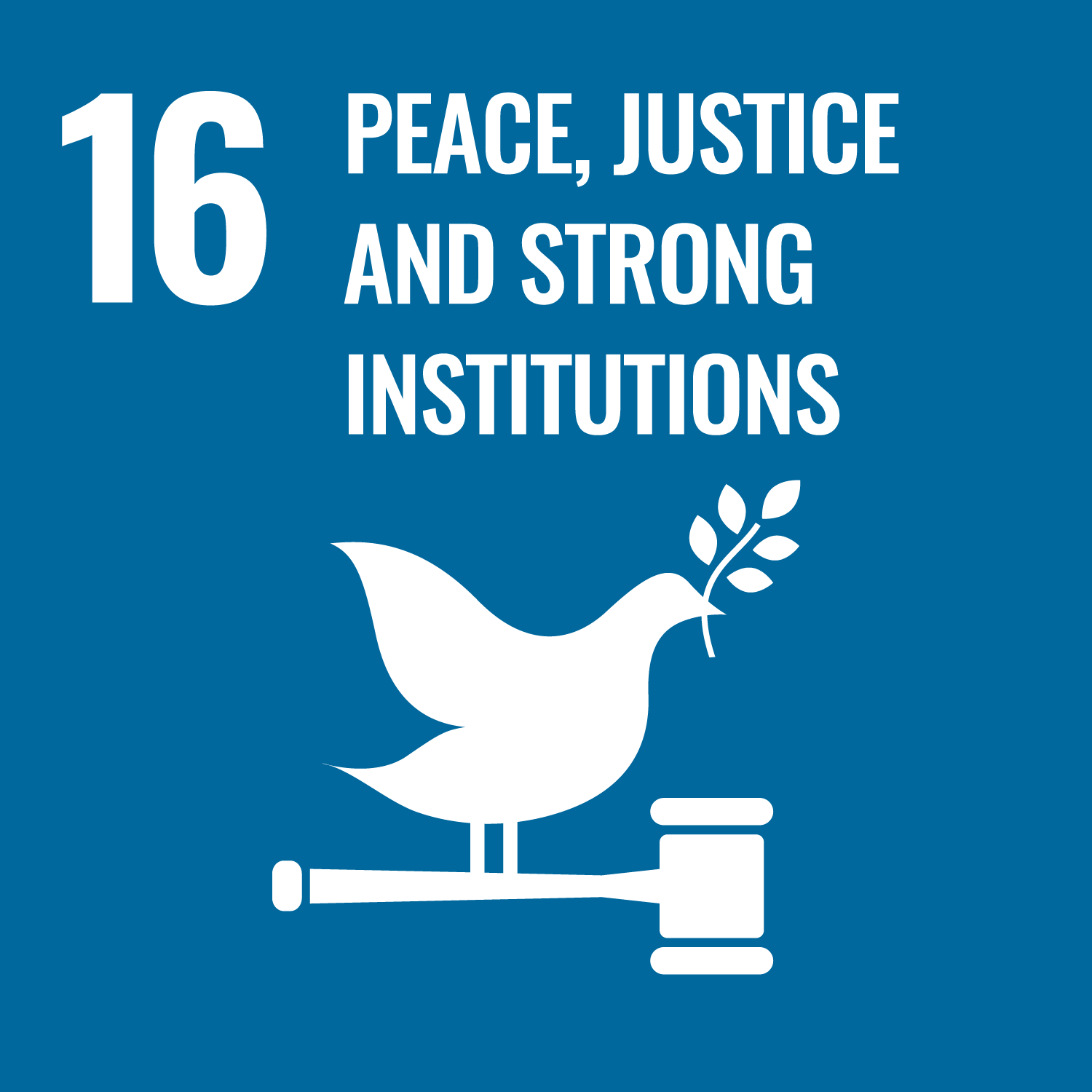
Reflection
The group has seen what cooking and eating can be like for those displaced by conflict. Did the groups enjoy thinking up and creating the dishes they made? Would they be able to cook and eat like this every day?
They made the food in teams - planning the meal, preparing the ingredients and cooking together. What was it like cooking as a group? How would cooking in groups help refugees and displaced children? Look at the Let’s eat factsheet to help.
Safety
All activities must be safely managed. You must complete a thorough risk assessment and take appropriate steps to reduce risk. Use the safety checklist to help you plan and risk assess your activity. Always get approval for the activity, and have suitable supervision and an InTouch process.
- Cooking
Teach young people how to use cooking equipment safely. Supervise them appropriately throughout. Make sure it’s safe to use and follow manufacturers’ guidelines for use.
- Fires and stoves
Make sure anyone using fires and stoves is doing so safely. Check that the equipment and area are suitable and have plenty of ventilation. Follow the gas safety guidance. Have a safe way to extinguish the fire in an emergency.
- Food
Remember to check for allergies, eating problems, fasting or dietary requirements and adjust the recipe as needed. Make sure you’ve suitable areas for storing and preparing food and avoid cross contamination of different foods. Take a look at our guidance on food safety and hygiene.
- Flammable items
Always take care when using flammable items, especially if you’re near fire. Always follow the manufacturer’s instructions and guidelines.
Older groups could cook with fewer ingredients or utensils to see if they are able to adapt their recipe. Younger groups could have support whilst preparing ingredients and cooking, and it may be easier for them to follow a set recipe.
Make sure that all ingredients are suitable for each person’s dietary requirements. Find different supplies and recipes for people with allergies and food intolerances.
All Scout activities should be inclusive and accessible.
The groups could make more portions of their food so that everyone else can try some. The best recipes could then be written down and added to a cookbook. Invite people from the community to come and try the most popular dishes to see what they think.
Discover more at https://www.savethechildren.org.uk/





